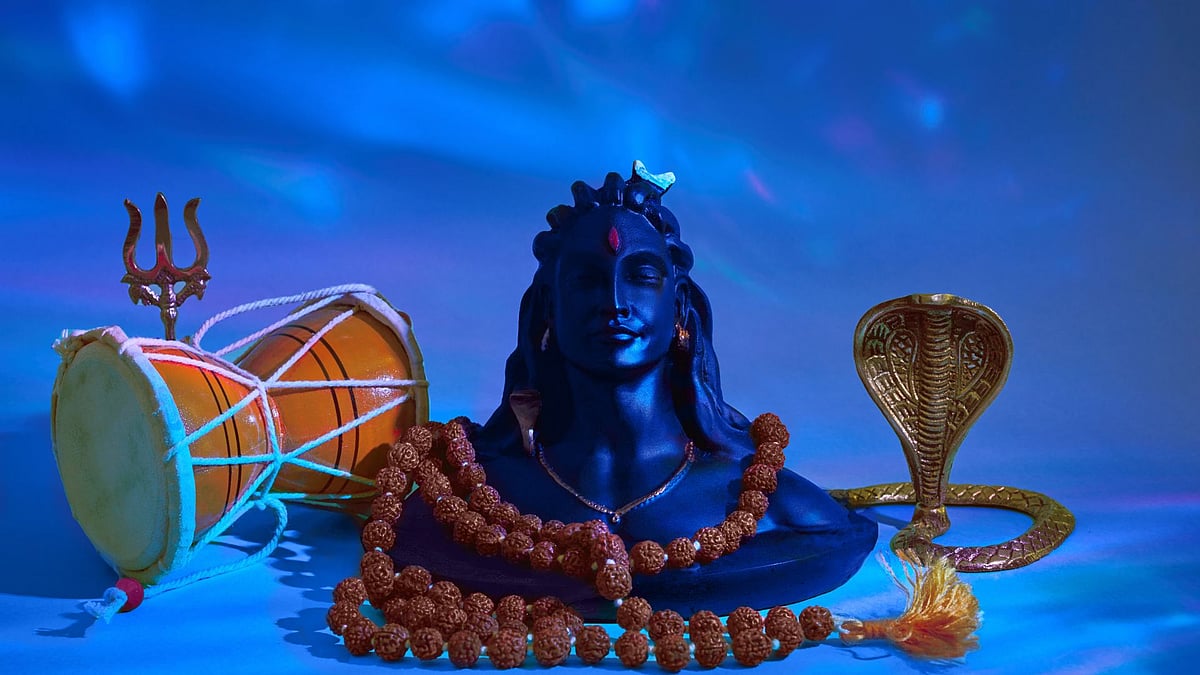Maha Shivratri, meaning “The Great Night of Shiva,” is a significant Hindu festival dedicated to Lord Shiva. It is observed annually on the 14th night of the lunar month of Phalguna or Magha, depending on the regional calendar. Devotees fast, meditate, and offer prayers to seek Lord Shiva’s blessings. Various legends and beliefs surround the origin of this festival. Let’s know the various tales associated with Maha Shivratri.
The divine union of Shiva and Parvati
One of the most widely accepted beliefs is that Maha Shivratri marks the sacred wedding of Lord Shiva and Goddess Parvati. According to mythology, Parvati performed severe penance to win Shiva as her husband, and after her dedication and devotion, they were united in marriage on this day. Many devotees, especially women, observe fasts and offer prayers for a happy and prosperous married life.
The night when Shiva became a supreme being
Another legend states that on this night, Lord Shiva performed the Tandava, the cosmic dance of creation, preservation, and destruction. This dance symbolizes the cycle of life and the eternal nature of the universe. Some traditions believe that Maha Shivratri is the night when Shiva manifested his ultimate form as the Supreme Being, signifying his transcendence over worldly matters.
The appearance of Shiva Linga (Lingodbhava)
A popular story from Hindu scriptures tells of a great dispute between Lord Vishnu and Lord Brahma over who was superior. To resolve the argument, Lord Shiva manifested as an infinite pillar of light, known as the Jyotirlinga. Brahma flew upward in search of its end, while Vishnu went downward. Neither could find the limits of the pillar, proving Shiva’s supreme nature. This event is believed to have occurred on Maha Shivratri, and devotees worship the Shiva Lingam to honor this divine revelation.
Samudra Manthan
According to another legend from Hindu mythology, during the great churning of the ocean (Samudra Manthan), a deadly poison known as Halahala emerged, threatening to destroy the universe. To save creation, Lord Shiva consumed the poison and held it in his throat, turning it blue and earning him the title Neelkanth (the one with a blue throat). Devotees believe that Maha Shivratri commemorates this act of sacrifice and selflessness. It is also said that it was Maa Parvati who put her hand on Shiva’s throat and held the poison from going down his body.
Spiritual significance and fasting traditions
Maha Shivratri is not only a festival of mythology but also has deep spiritual significance. It is considered a powerful night for meditation and self-reflection. Devotees observe fasts, chant Om Namah Shivaya, and stay awake through the night in devotion to Shiva, seeking liberation (moksha) from the cycle of birth and death.
Maha Shivratri is a night of devotion, discipline, and divine connection. Devotees celebrate it with prayers, fasting, and rituals to seek the blessings of Lord Shiva for peace, prosperity, and spiritual enlightenment.
